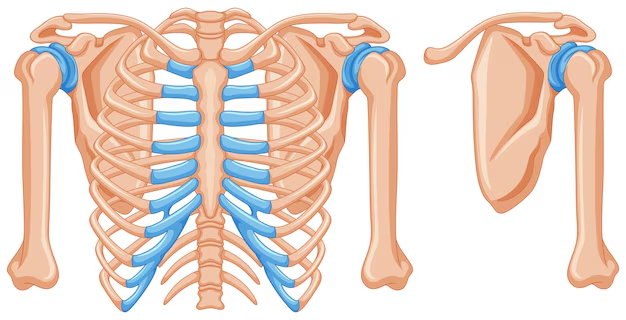
Innovative Solution for Bone Infections: Researchers have developed a groundbreaking 3D-printed biomaterial that releases antibacterial compounds in response to pathogens, aiding in the healing of difficult-to-treat bone infections.
Challenges of Bone Infections: Bone infections, often arising from injuries, surgeries, or bloodstream infections, can be notoriously hard to eliminate. While antibiotics are commonly used, they frequently fail to eradicate all pathogens, leading to recurring infections that impede bone recovery.
Addressing Stem Cell Damage: The study, published in Advanced Science, aims to protect the bone marrow’s stem cells, which are essential for bone repair. The researchers focused on Staphylococcus aureus, a common culprit behind bone infections, known for its ability to evade antibiotics by hiding within bone stem cells.

Understanding Ferroptosis: The team discovered that S. aureus induces a form of programmed cell death called ferroptosis in bone cells, characterized by rising iron levels that prompt cell self-destruction. Targeting this process could significantly enhance bone regeneration in infected areas.
3D-Printed Grafts for Healing: The researchers created a biodegradable glass scaffold through 3D printing, designed to encourage bone stem cell growth. This scaffold’s porous structure mimics natural bone, allowing new cells to infiltrate and regenerate tissue while gradually releasing beneficial healing compounds.
Advanced Antibacterial Mechanism: To combat bacterial infections, the team infused the bioglass scaffold with a gel that contains antibacterial agents and ferroptosis inhibitors. This gel releases its contents only in the presence of bacterial chemicals, ensuring targeted treatment over several weeks.

Promising Results in Mice: Initial tests in mice showed a significant reduction in bacterial levels, becoming undetectable within a week. The biomaterial fully degraded after two weeks, with visible bone healing beginning at six weeks. In contrast, control implants lacking the antibacterial and anti-ferroptosis properties did not demonstrate any improvement.
Future Implications: This innovative approach could revolutionize treatment for chronic bone infections, providing an alternative when antibiotics fail. Patients may eventually benefit from surgeries involving these advanced 3D-printed implants, facilitating natural healing processes.
Next Steps: Although these findings are promising, further research is required to ensure the safety and efficacy of the biomaterial for human use, including necessary toxicity assessments.


